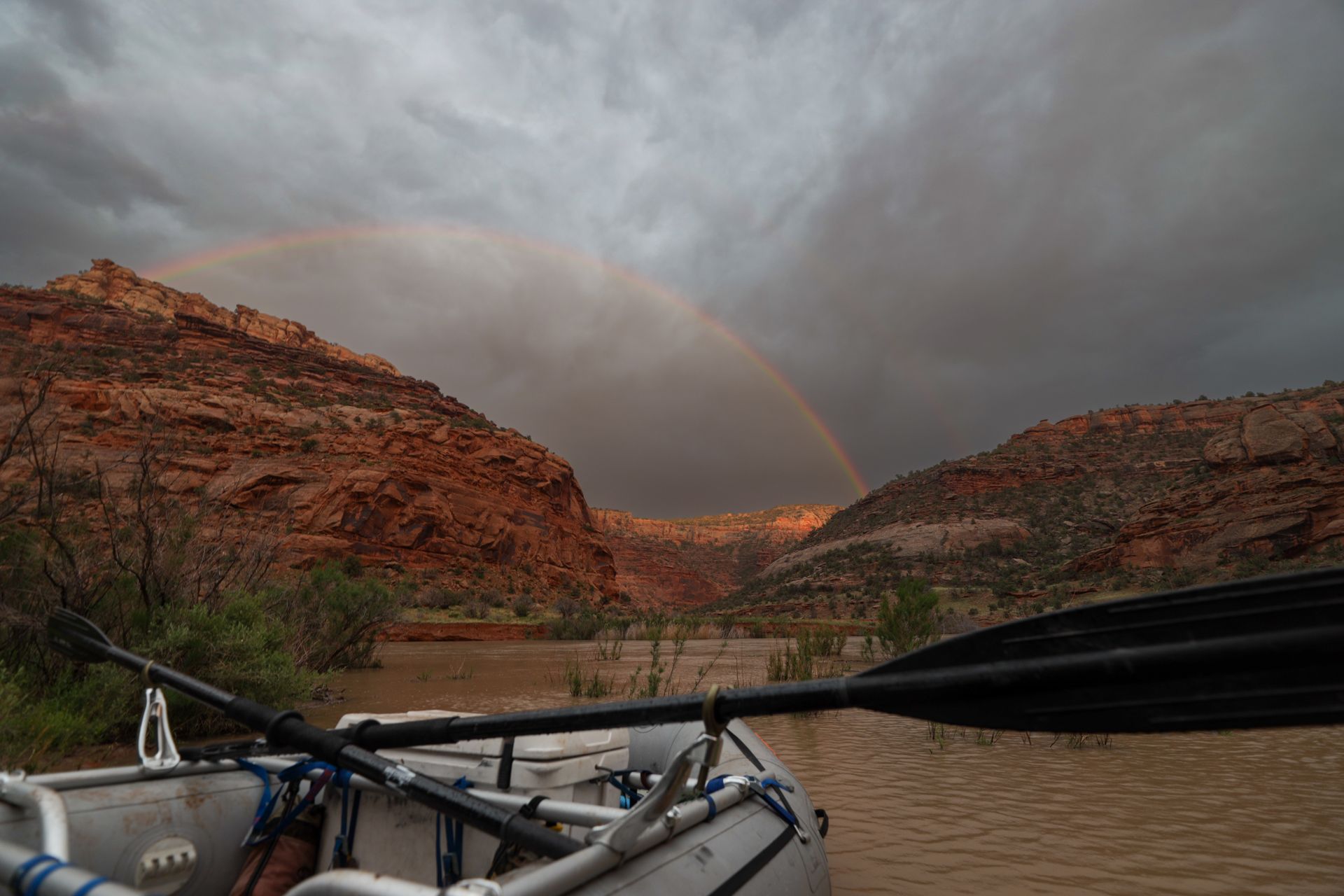Success Stories
Surrounded by the stunning 14,000-foot snow-capped peaks of the San Juan mountains, the San Luis Valley is a place of captivating natural beauty. At an elevation of 7,500 feet above sea level, it is the largest alpine valley in the world and the headwaters of the Rio Grande River.
As the mountains’ snow-melt flows to the valley floor, crystal clear waters feed rivers and streams, some of which have been designated as Gold Medal habitat for brown and rainbow trout. Wildlife refuges encompass over 100,000 acres of wetlands serving as prime habitat for a huge variety of fish, mammals and migrating birds. Elk, porcupines and beavers thrive where these wetlands naturally filter and distribute water. Migratory birds like the Sandhill crane depend on these lands to provide the food needed to sustain their voyages north in the spring and south in the fall.
The San Luis Valley is also home to farmers and ranchers who have grown high-quality hay, potatoes, quinoa and spinach for generations.
Yet this high alpine desert gets less than seven inches of rain a year.
In this arid landscape, crops are reliant on melting snow to feed the Rio Grande and all its connected aquifers, wetlands and streams. Farmers and ranchers rely on functional ditch infrastructure to deliver water to cropland. Aging and inefficient ditch equipment makes it challenging for ag producers to meet local water conservation goals. Many ditch water users have been unable to get water to their crops during low flow conditions.
Restoring streams and wetlands and rehabilitating water infrastructure across the Rio Grande watershed grows more urgent every year as multi-year drought shrinks annual snowpack while farmers and ranchers face hotter and drier conditions.
Forever Our Rivers partnered with the Rio Grande Headwaters Restoration Project to aid the Conejos River, Colorado's largest tributary to the Rio Grande. Restoration included improving aquatic and riparian habitat, creating deeper pools with increased dissolved oxygen levels, and replacing inefficient water diversion structures. In addition to improving wildlife habitat, these efforts also improved water quality and helped farmers and ranchers receive their full decreed water right during all streamflow conditions.
A Win-Win for Irrigators and Wildlife
Subscribe to
our e-newsletter.
We aim to share news
to our river family.
Subscribe to receive our newsletter, get connected!
Don't miss important news!
Subscribe
to our
e-newsletter.
Subscribe
to our
e-newsletter.

Forever Our Rivers Foundation is a nonprofit, tax-exempt 501(c)(3) charitable organization. Our tax identification number is 99-1563-135. Donations are tax-deductible as allowed by law.


All Rights Reserved | Forever Our Rivers
Design by Swifthaus





